Fishing in mountain lakes, around Cauterets
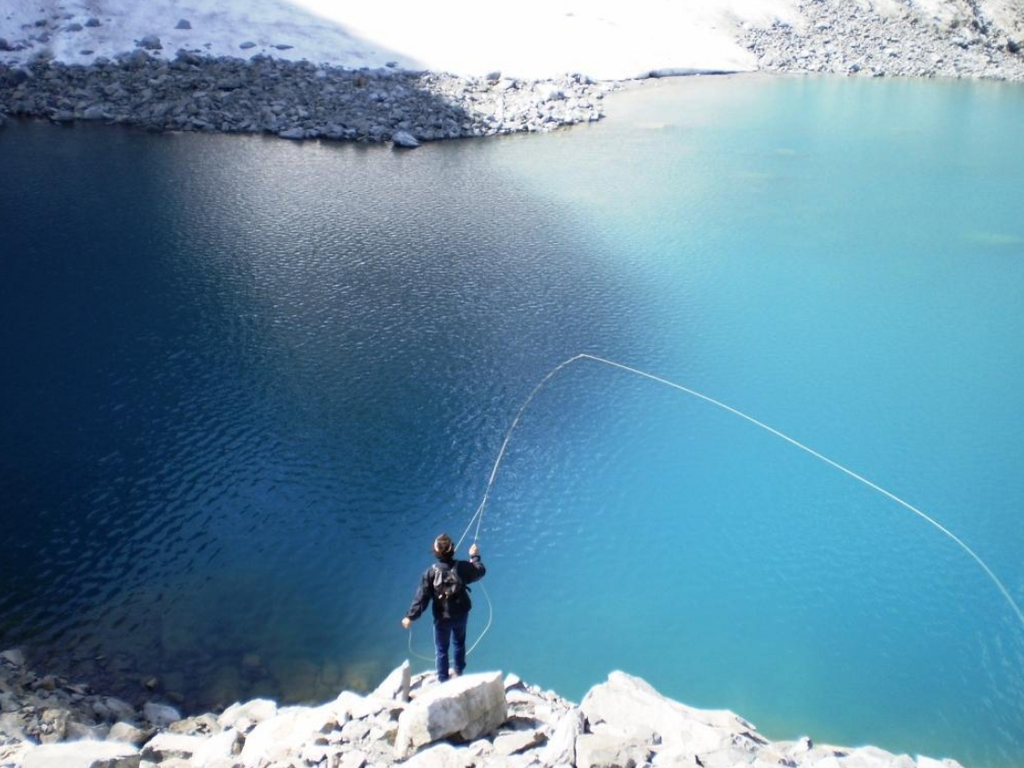
An unforgettable experience, where the pleasure of discovery is ideally combined with the quest for coveted salmonids ...
Hundreds of lakes ... but fish that deserve it!
The Hautes-Pyrénées offer an impressive number of mountain lakes (more than 200!), As many enchanting frames for salmonid fishing. There will be fario trout , but also fountain salmon, umbly knights and crystivomers .
Some sites are famous like Lake Gréziolles, Lake Gaube, Lake Peyrelade, the Bastan lakes . But the least known are not necessarily the least productive, making it possible to find lower fishing pressure and less suspicious fish ...
For those who know how to understand the cards and the relief, the great diversity of altitude and orientation, allows you to fish all season. A good physical condition and an excellent knowledge of the mountain will nevertheless be essential. It will be a fishing hike ...
Mountain lake fishing is more difficult than gaves , because the fish are extremely mobile and the positions are not very marked; Wind and water arrivals are two important factors to take into account for placement. The fishing can be very capricious and the best moments are often in the morning very early and late in the evening.
For all these reasons, being accompanied by a fishing guide is a major asset for a successful outing!
Did you know? A small part of the Pyrenean lakes has a natural settlement. Since the 1950s, systematic repopulation of mountain lakes has been initiated under the impetus of waters and forests, which then maintained itself naturally and by regular alevinations. Performed in the past on the back of men or mules, the allevage is carried out today by helicopter.
The lakes of the Gaube valley and Marcadau
The Val de Gaube has three lakes: Lac de Gaube , the largest (1725m, 19 ha), Lac du Chabarrou (2302m, 2.1 ha) and finally Lake Meya (2465 m, 0.5 ha).
Very easy to access along the GR10, Lake Gaube has a good population of salmonids - Fario trout, fountain salmon, umbly knight and crystivomers. The lake being very frequented, it is necessary to move away from the spillway and the hotel industry and prospect the right bank, difficult to access due to a rocky bar. Do not hesitate to place your flies near the edge especially if the bank is in the wind, even try a Cristivomer by a plunging streamer.
Lake Chabarrou meets from the Oulettes de Gaube trail after passing a huge cairn. The fishing areas are limited due to steep outskirts, but there will be a high background in front of a grassy area on the left bank, where trout like to come and feed on insects. Downstream of the spillway, a beautiful lacquette conceded but also houses some ties.
The smallest lake, Lake Meya , she is home to a few small fountains salmon. It is accessed by a very discreet feeling, steep and difficult, which starts near the Hotel of Gaube.
The lakes of the Marcadau valley
In contrast to the Val de Gaube, the Marcadau valley is richer in lakes of all sizes, and all excellent for fishing. Located at altitudes greater than 2000m, there is a fountain and salmon trout. It is in the lakes bordered by alpine lawns that we will often find larger fish.
From the Cayan bridge, we joined the
two lakes of the embarage at the end of a 1h30 walk through a beautiful pine forest that brings you to the foot of the Pic de la Cardinguère. These two lakes have completely different profiles, and therefore various fishing conditions. At the level of the lower lake (2139m), deep and cashed, the trout prospect the banks along the scree and are placed according to the wind. Without wind, the most favorable bank is the right, the quieter because the most distant from the path.
The Lac Supérieur (2075m) on the contrary, is open, shallow, with a sedimentary background and surrounding alpine lawns, conducive to the development of insects. In this shallow environment, discretion is in order. In the evening and a small breeze are the best conditions to hide your approach.
By continuing the hike, there are first two twin lacquers rich in trout; But the jewel is Lac du Pourtet (5.8 ha, 2422m) surrounded by the Aiguilles du Pic Arrouy. Its varied banks - small handles, scree, high funds - allow a great diversity of peaches.
On the other slope of the valley, we will find Lake Nère (2309m) and Lake Bassia , wilder (2488m); There are also beautiful trout populations, but requiring a good address to the throw.
Finally, while still in the continuity of Lake Nère, we arrive at the Lake of Pic Arrouy , one of the last to thaw in the season.
The lakes of the Arratille valley
The Arratille Vallon consists of 4 lakes from 2247m to 2523m: Lac Double , the largest (5.9 ha), Lake Badète , Lac du Col and Lake Meillon.
Due to its environment of alpine lawns, Lake Arvilille is the richest in beautiful trout, which are readily feeding on the surface; The most conducive sector is the high background near the spillway.
The Lake Badets presents large blocks of scree near which the trout are positioned, particularly interesting positions under the breeze.
Lake Col and Lake Meillon, for their part, contain small fountain salmon; The mineral banks, however, make it particularly sporting access.
The lakes of the Vallon de la Fache
The two lakes of the Fache , upper (2439m) and lower (2332m) are pleasant to fish with fly; Besides the trout, there are fountain salmon and small Cristivomers.
The lakes of the Vallon de Camboalès
In this valley, there are no less than 12 lakes, between 2258 m and 2582m, populated by fountain and trout salmon.
The Grand Lac de Camboalès (2342m, 3.5 ha) requires fishing near the banks of scree and alpine lawns, in the wind beaten by the wind, shaded in sunny weather. Do not neglect the two small satellite lakes, less deep and with more active trout on the surface.
On the right of the Cambalès pass path, we find the lakes of Opal , which house a beautiful population of trout and salmon from Fontaine.
The lakes of Vallée d'Iléou
On the way to the path that goes up to the Iléou refuge, we first meet the little black lake, pleasant to fish between lawns and scree. A little higher is the big lake of Iléou (1976m, 11ha), well suited to fly fishing. A particularly interesting position is the high background, around the water supply.
1 hour walk from the Iléou refuge and 400m above, is Lac du Hourat. A little difficult to fish because of its rocky and very steep banks; Again the most conducive areas to prospect are the spillway and the proximity of the banks. Be careful, the lake is deep, a discreet approach is necessary and the trout far enough from the edge.
Lutour vallee lakes
This magnificent valley with many waterfalls houses a good ten lakes, excellent for fishing.
The first lakes encountered at the start of La Fruitière are the two lakes of Estibe Aute , where trout, salmon and umbly knights cohabit in the greatest.
Continuing towards the Col des Gentianes, we reach the famous lake of Estom (1804m, 6.7ha). It is the most easily fishing lake at the start of the season, with Lac de Gaube and Lake Iléou. All around the lake, lawns and scree alternate and offer as many fishing stations.
A little higher, is the small lake of Hount Hérède (2079m, 0.8 ha), then Lake Labas , more difficult to fish because of the steep banks.
Even higher, we reach Lac des Oulettes d'Estom Soubiran , a large and beautiful lake (2387m, 7 ha), populated by trout and Cristivomers.
Finally, three lakes finish this hike: the deep and sumptuous Lac Couy (2445m, 1.9 ha), Lac du Malh Arrouy (2584m) and finally the Glacé lake (2565m). Water bodies that offer very different environments: alpine lawns for the 1st , more rocky for the 2 nd to become a mineral circus for the 3rd.
In conclusion: don't hesitate, put on your mountain shoes and take your canes! Wonders await you in the lakes of the Gavarnie valleys, from your base at the La Source chalet !
You will find in these two other articles, more general information on fishing in Gavarnie valleys , and on fishing routes along their countless Gaves .
And don't forget: your most beautiful trout is always the one you will return to its natural element ...
- Views: 1517

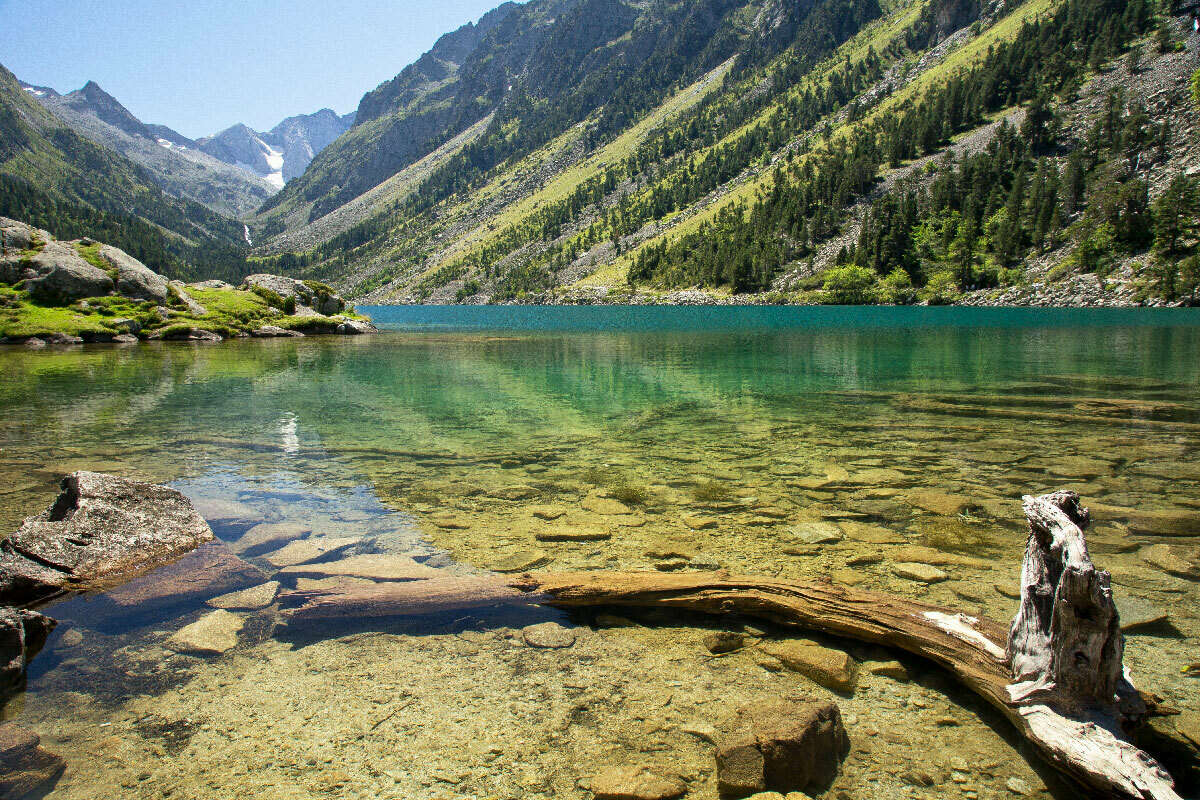
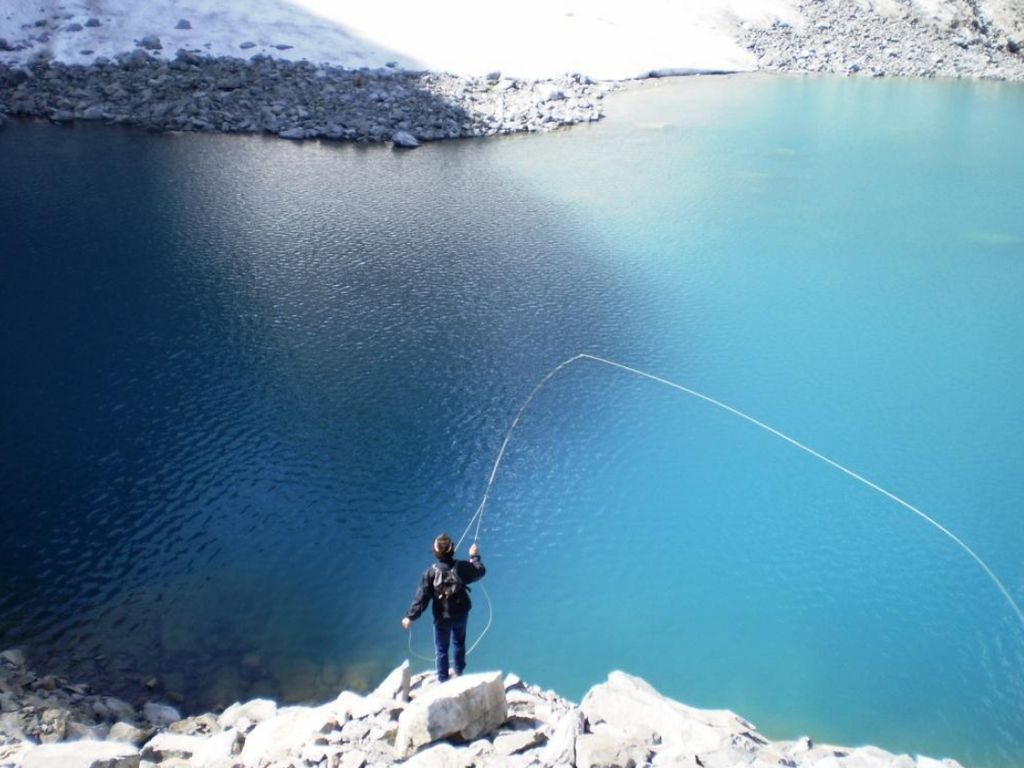
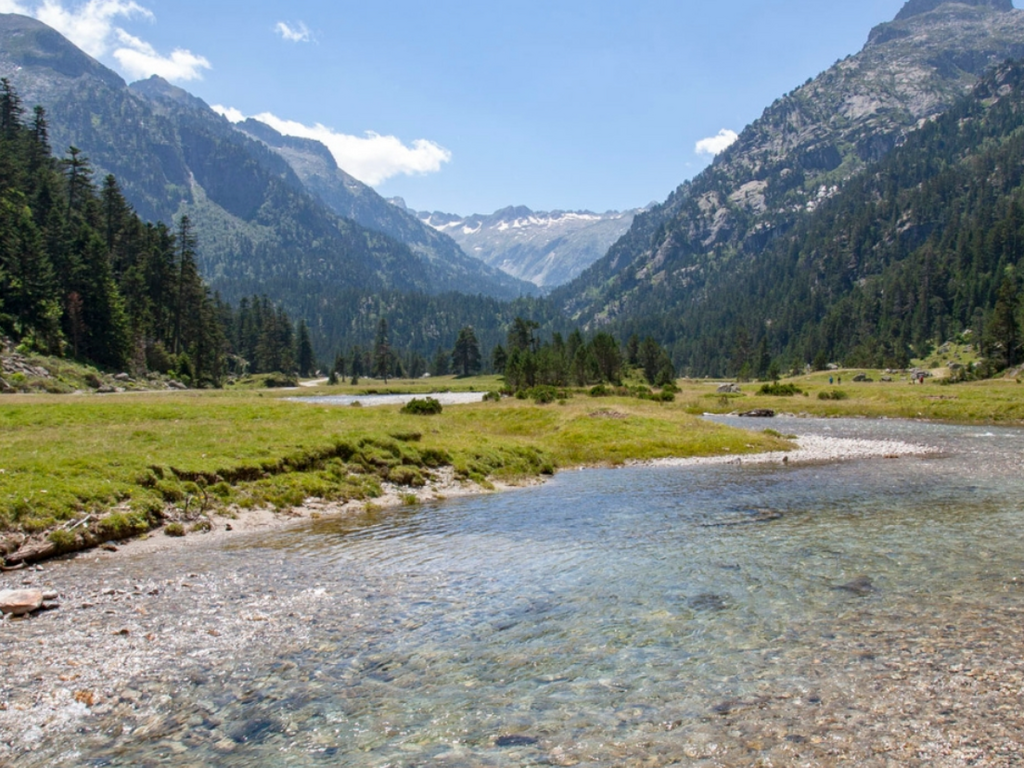
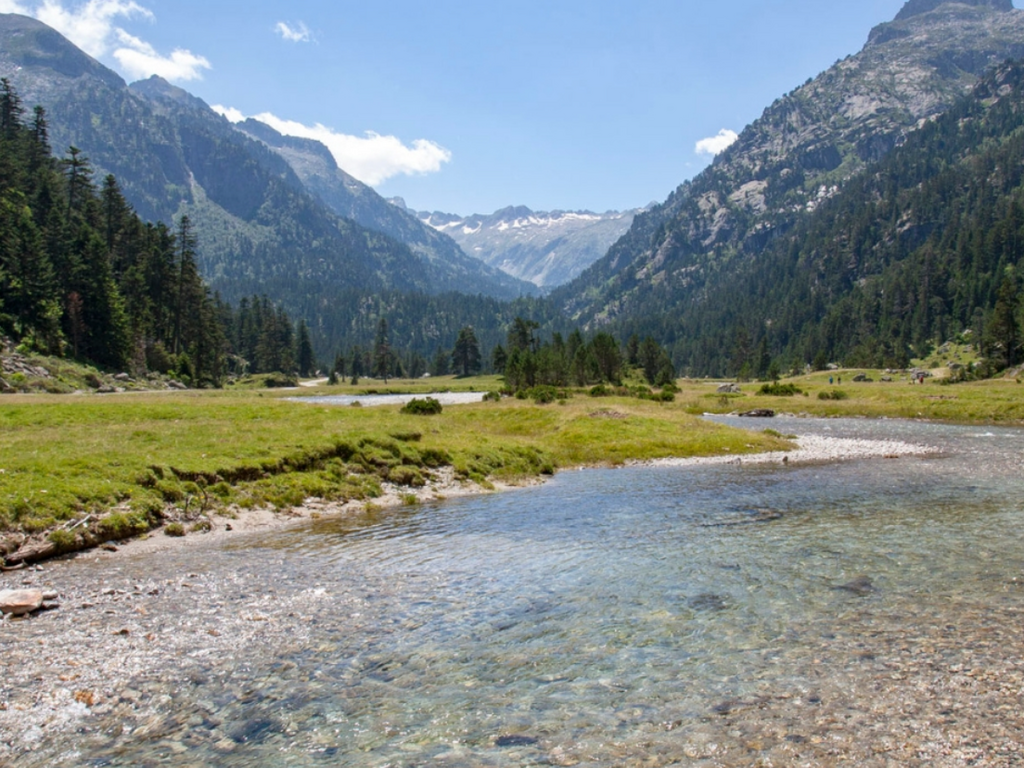 Mountain torrents, or Gaves in Occitan, are the ideal playground to search for the famous "Gave Panther" in Gavarnie valleys.
Mountain torrents, or Gaves in Occitan, are the ideal playground to search for the famous "Gave Panther" in Gavarnie valleys.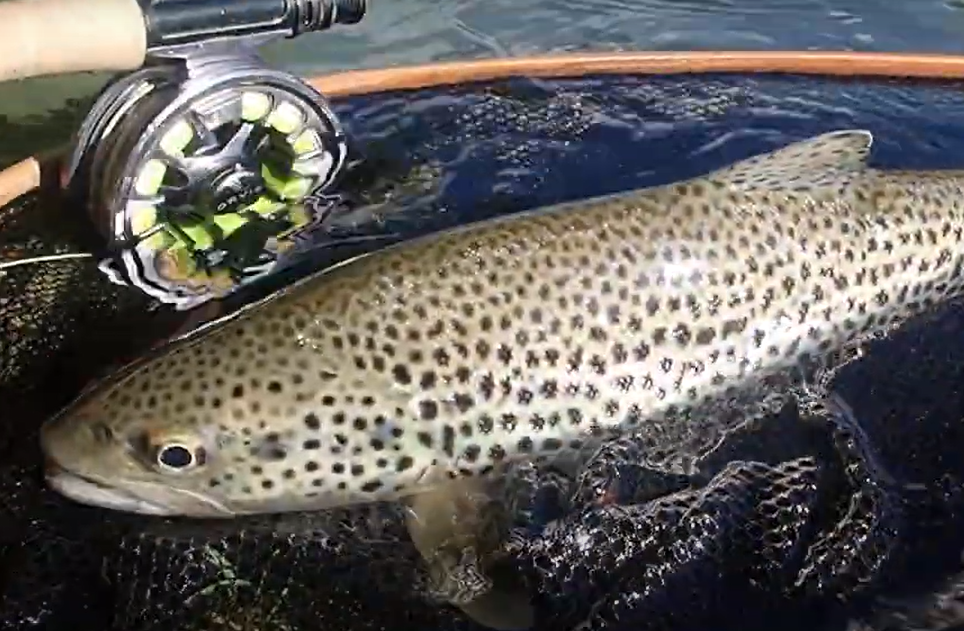
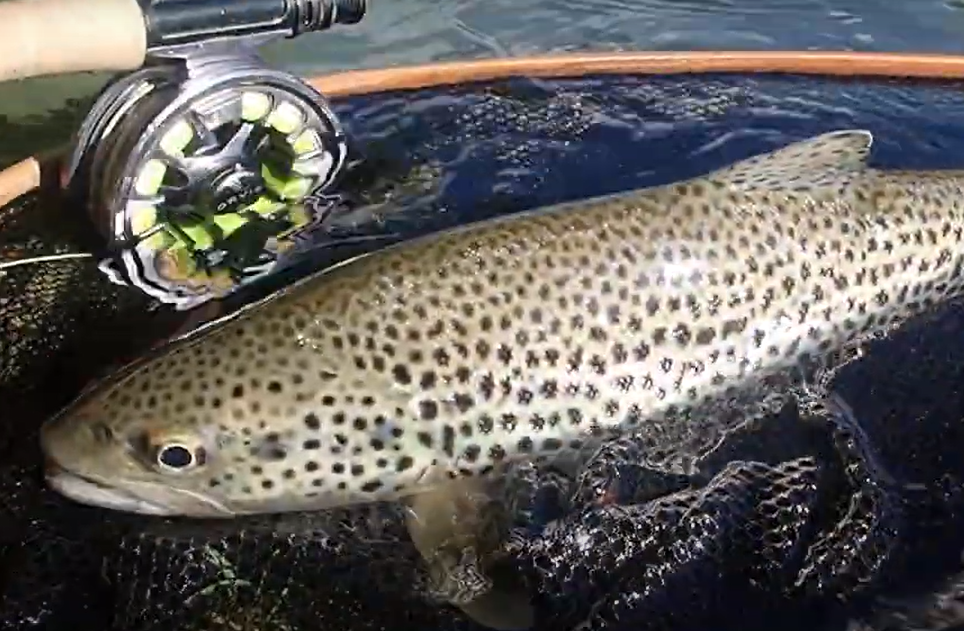 How to better recharge your batteries, by engaging in trout fishing in the heart of the Pyrenees National Park ?
How to better recharge your batteries, by engaging in trout fishing in the heart of the Pyrenees National Park ?